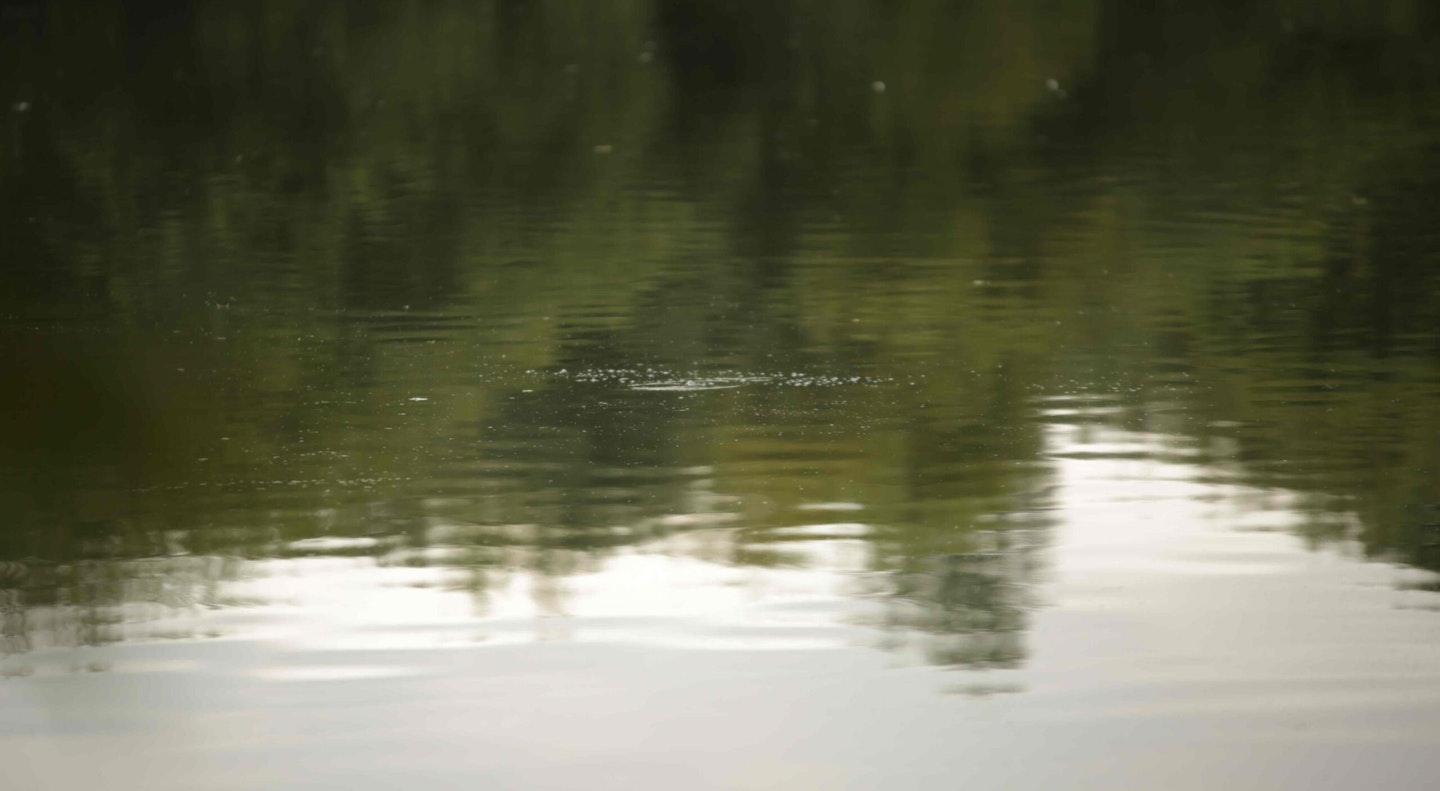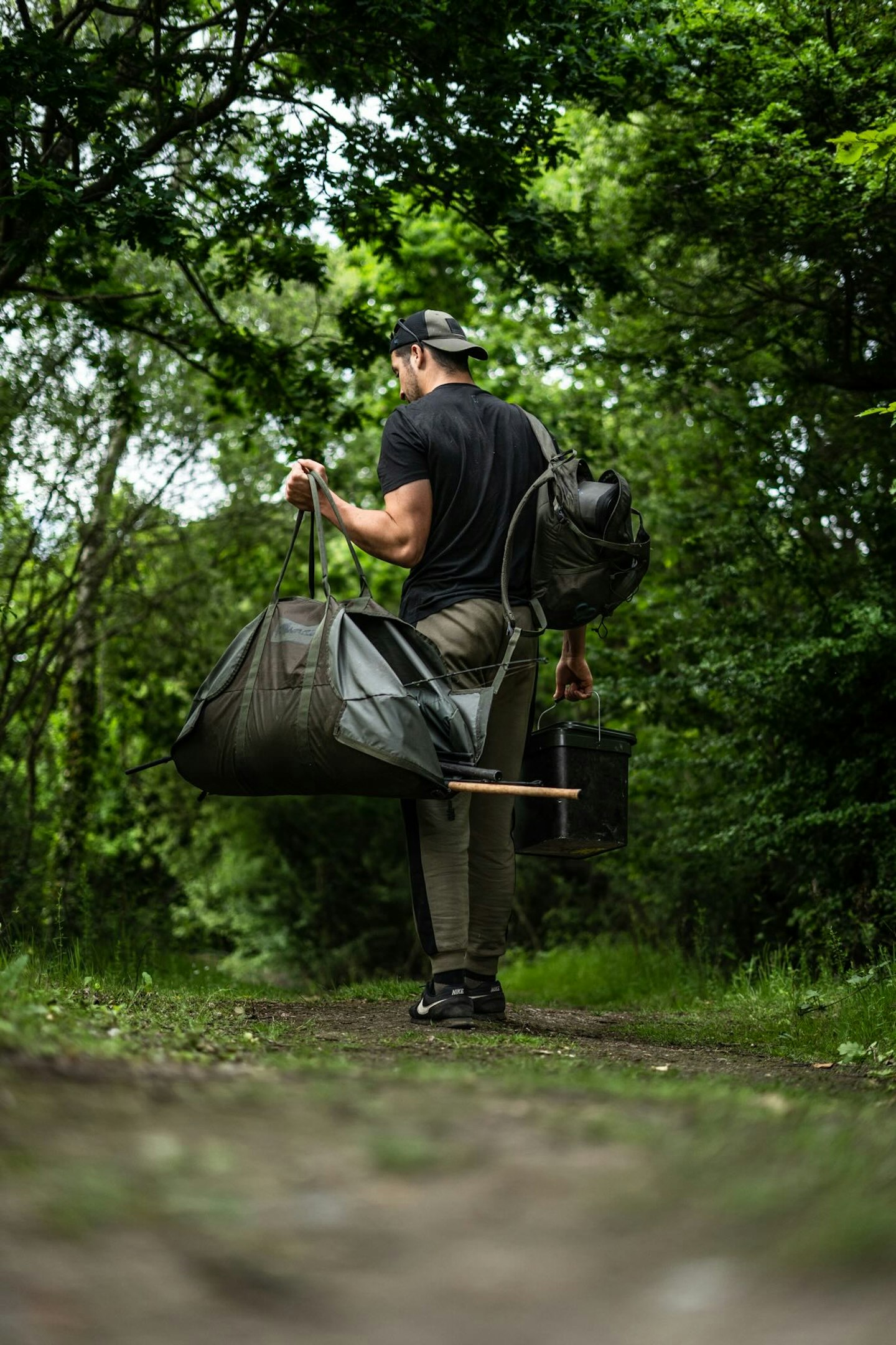Really shallow lakes offer the chance to get up close and observe the carp as they go about their business.
These waters really suit a mobile style of angling, fishing for what you can see and keeping on the move. One of my favourite lakes is around five-acres with an average depth of 2-4ft. So, I’m going to run through a few things I have found when tackling venues of this nature…
NEED A NEW BEDCHAIR? CHECK OUT OUR BUYER'S GUIDE FOR SOME OF THE BEST AVAILABLE.

Find the best spots
When fishing lakes that have a depth of under 4ft, feeling for a drop can be difficult, as the lead hits the bottom almost instantly. Getting to know the lake before you start fishing is key. Have a good lead about in all the swims to find out if it’s silty, firm, clear or weedy.
Doing this prior to your first trip will allow you to capitalise on any signs of carp without having to have a lead about first, as you will already know the lakebed. Carp definitely spook off the cast more frequently in shallower water, so the least amount of disturbance you cause on the session, the better.
Don’t be put off by how shallow a spot is either, I have caught big carp in 2ft of water, it is there home, and they are used to it.
THE BEST CARP RODS WILL HELP YOU CAST MORE ACCURATELY TO HELP YOU REDUCE DISTURBANCE.

Location is key
As is always the case, finding the fish is the most important part. Time spent walking and looking is time well spent. Apart from the obvious signs of fish jumping and fizzing, there are a few more things to look out for…
If the lakebed is clay or silt, with a good pair of polaroids you should be able to spot them “clouding up” as they disturb the bottom during feeding. In this scenario, plooms of sediment fill the water with colour, this is a sure sign that there is fish in the area and something you might struggle to see in deeper water.
Tail patterns and boils disturbing the surface layer are also a more common sight on shallow venues, as decent sized fish move the water behind as they feed and mooch around. Also keep an eye on the birds, especially in the spring when there are plenty of geese around. Low flying birds will spook the carp as they pass over them in the shallow water giving up their whereabouts.
EVERY CARP ANGLER NEEDS A SET OF THE BEST BITE ALARMS TO COMPLETE THEIR SETUP!

Subtle baiting
With little depth to play with, the carp are never far away from your baits, they know it is there instantly, so staying discreet is the best play here. On my shallow syndicate, using ‘match the hatch’ bottom baits and wafters has accounted for the majority of bites. Making the change from bright pop ups to dull baits fished on the deck was a massive turning point for me, majorly increasing my catch rate and something that’s definitely worth a try.
Don’t go too heavy with the loosefeed either, disturbance should be minimal when fishing shallow water. I like to use a small PVA mesh bag of boillie crumb nicked on the hook, not only for the added attraction but also to slow the lead down in the water to stop it plugging in the lakebed. This and a light scattering of freebies should be more than enough to tempt a bite.
NEW TO CARP FISHING? CHECK OUT OUR EXPERT GUIDE FOR BEGINNERS.

Stay mobile
Keeping on the move and travelling light is my preferred style on shallow venues. I will often move multiple times in the day if it’s not happening. As there is usually a chance to be found elsewhere if you use your eyes. They can’t hide as easy on these types of waters.
You can give yourself that extra chance in advance too, by priming spots in the edge with handfuls of bait and checking them regularly. If one of the spots appears disturbed, it’s time to lower a rig in!
THE BEST FISHING BIVVIES PACK DOWN AND SETUP QUICKLY ALLOWING YOU TO MOVE ONTO ANY FISH YOU SEE.

